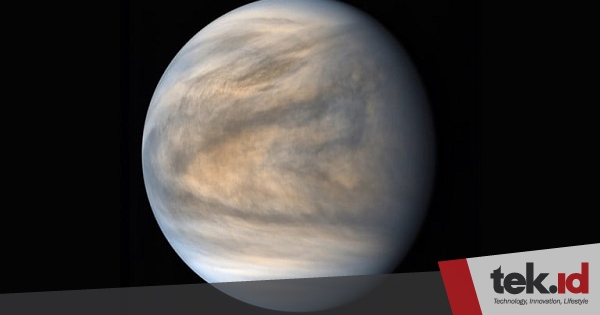MIT researchers set up the Venus Life Finder (VLF) mission to look for signs of microbial life in the clouds of planet Venus.
A new series of privately funded space missions will search for signs of life on the neighboring planet, Venus. In a report quoted from Digital Trends (13/12), researchers from MIT have detailed their plans for the Venus Life Finder (VLF) mission.
Venus is in many ways very inhospitable to life, such as its high surface temperature and very thick atmosphere. However, many have speculated on the potential for microbial life in the clouds. For one thing, the potential findings of the phosphine biomarker on Venus last year attracted considerable public interest. However, subsequent studies have shown that the findings of phosphine may not be true.
“Venus is an interesting planet to look for signs of life because of the habitable temperatures in the cloud layers and because of the many atmospheric chemical anomalies that together suggest unknown chemistry and the possibility of life,” the VLF researchers said.
To learn more about Venus, the VLF is proposing a series of missions that will be privately funded. This is a series of low-cost missions with the aim of complementing larger missions such as NASA’s DAVINCI+, VERITAS and the European Space Agency’s ENVISION.
“We hope this is the start of a new paradigm in which you investigate cheaply, more frequently, and in a more focused way,” said Sara Seager, principal investigator for the VLF Mission in a statement. Seager is also known to be a member of the team that made the disputed phosphine detection. “This is a newer, more agile, and faster way to practice space science.”
The VLF mission will begin with a probe from Rocket Lab set to launch in 2023. The probe will glide for three minutes through Venus’ atmosphere, aiming to gather data about the chemistry there.
“There are mysteries left on Venus that we can’t solve unless we get right back to it,” Seager said. “Remaining chemical anomalies that leave room for the possibility of life.”
–


/nginx/o/2021/12/13/14256944t1h6a86.jpg)